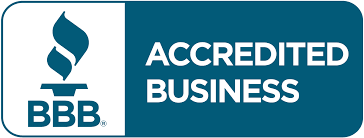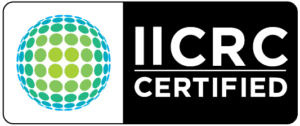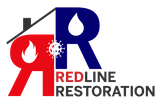About Us
At Redline Restoration, Inc., we’re more than a restoration company—we’re a team of dedicated professionals committed to helping you restore, rebuild, and recover. With years of experience serving South Florida, we specialize in water, fire, storm, and biohazard damage restoration, as well as residential and commercial painting services.
Our mission is simple: to provide compassionate, efficient, and high-quality restoration services in Fort Myers and South Florida when you need them most. Whether it’s emergency repairs after a disaster or beautifying your property with expert painting, we’re here to help every step of the way.
Certifications
Why Choose Redline Restoration in Fort Myers
Upholding the highest standards of integrity and professionalism, we prioritize our clients' needs. From the initial inspection, we commit to unmatched service, embracing a dedication to professionalism and excellence. At Redline Restoration, your satisfaction is paramount, and we aim to surpass your expectations at every turn.
24/7 Availability
Disasters don’t wait, and neither do we. Our team is ready to respond around the clock.
Licensed & Insured Experts
We are fully licensed and insured, ensuring you receive professional and reliable service.
Comprehensive Services
From cleanup to reconstruction, we handle it all so you can focus on moving forward.
Customer-Centered Approach
Your satisfaction is our priority. We tailor every project to meet your unique needs.
When you choose Redline Restoration, you’re choosing a partner who cares
about your property and your peace of mind.
"I have been satisfied with the service and professionalism of Redline Restoration. I would highly recommend them!"
Carolina Hernandez
“Redline Restoration came to fix the mold problem I had in my bathroom. Miguel and his crew gave a thorough explanation of the process and provided excellent service. Highly recommend Redline for any services you may need."
Pedro Nolasco
“After a fire in our business, we were devastated. Redline Restoration helped us through every step, from cleanup to repairs. Their team was knowledgeable and supportive.”
Dalia H.
FAQS
Got questions? We’ve got answers for your restoration services in Fort Myers.






